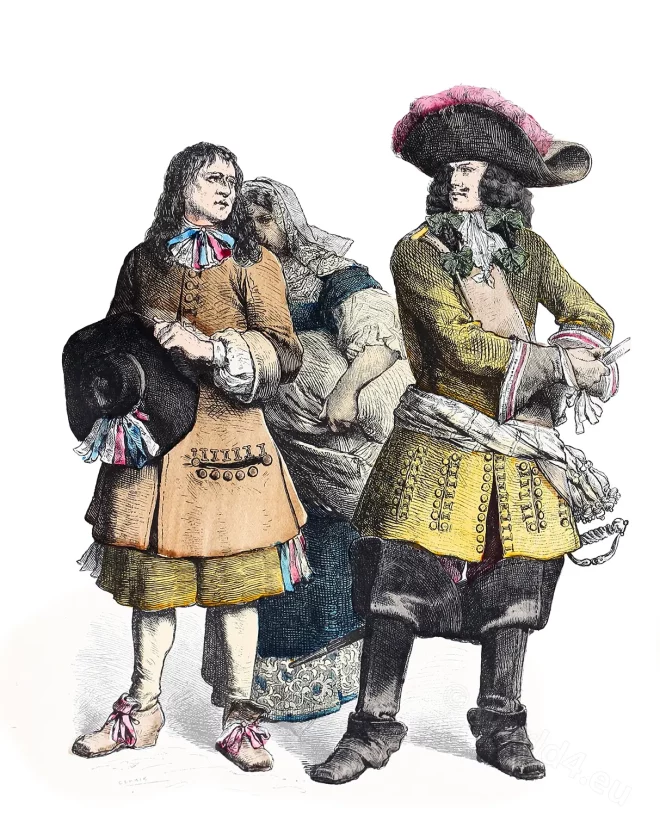The Corset and the Crinoline. Chapter VII. Starving and Lacing. Louis XVI Dress in 1776. George III.
Category: France
Episcopal costume. The Mitra Pretiosa of the 14th c.
Episcopal costume and insignia. The mitre, the cross, the superhumeral, the ring, the gloves, the shoes.
Paris. Church of Montmartre, 19c.
Several etymologies have been given as the source from which the celebrated hill of Montmartre, near Paris, derived its name.
Renata of the House of Lorraine, 16th c.
This is Renée de Lorraine, daughter of the Duke of Lorraine François I” and Christine of Danemarck.
L’Étude, dit aussi parfois Le Chant. J. H. Fragonard
The painting, called “The Study” before the subject was identified in 2011
France. Peasants. Gendarme on horseback c.1680.
Last third of the XVIIth century. Reign of King Louis XIV (1643-1715).
Marguerite de Valois-Angoulême, duchesse de Berry
Marguerite de France was the fourth daughter of King Francis I of France and Claude, Duchess of Brittany
Odet de Coligny, Cardinal de Châtillon.
French Huguenot leader, Catholic prelate of the Renaissance
Portrait of Queen Catherine Paulovna of Württemberg
Miniature portrait of Queen Katharina Paulowna (Romanova) of Württemberg c.1820, daughter of Paul I of Russia by Dietrich Jakob Christian Mathes.
Claude Gouffier. French nobleman and book collector. 16th c.
He was Duc de Roannais, Marquis de Boisy, Comte de Maulévrier, Comte de Caravas, Seigneur d’Oiron, Grand Stable Master of France.










